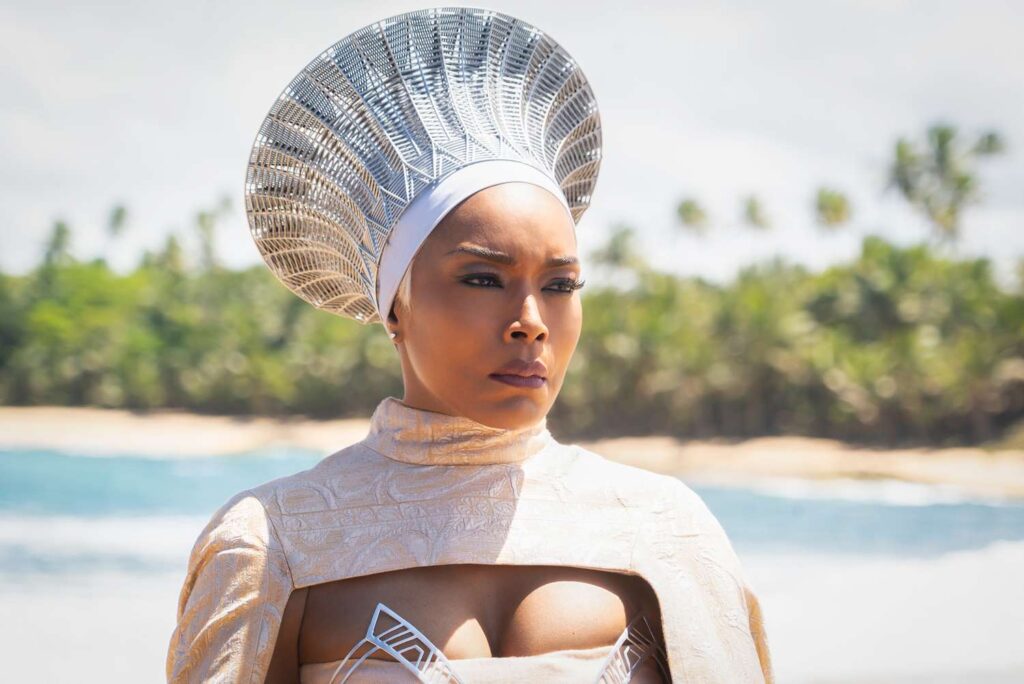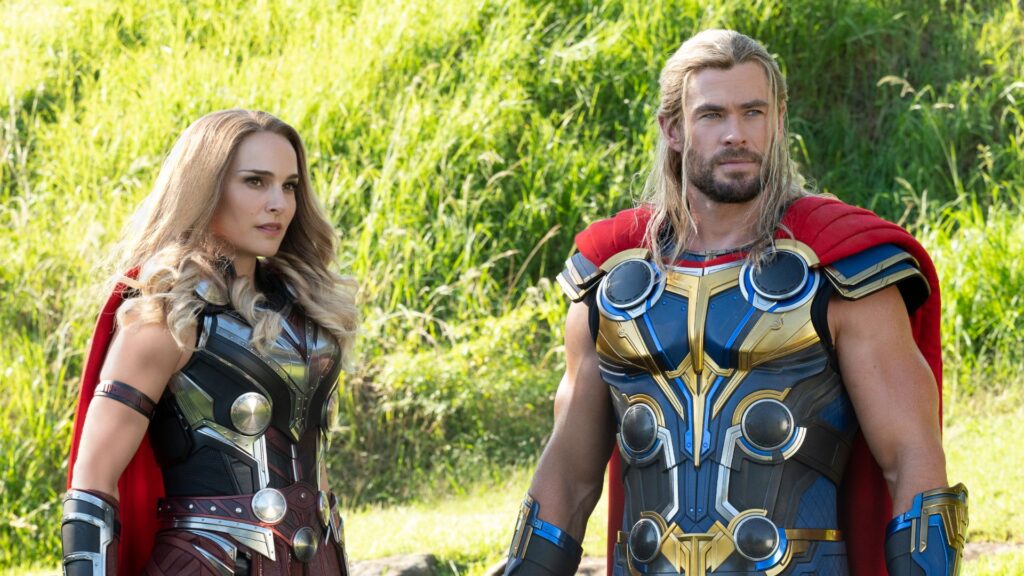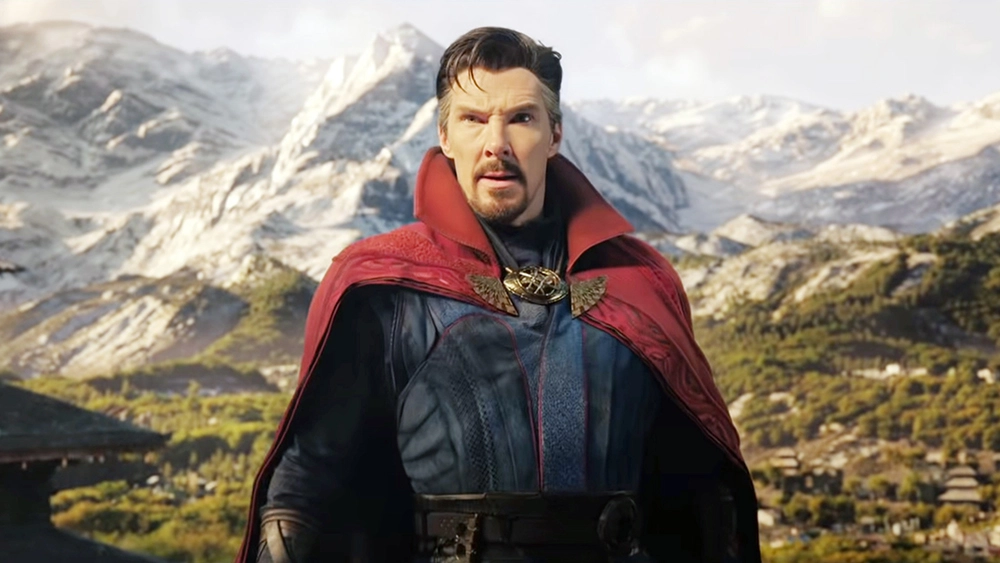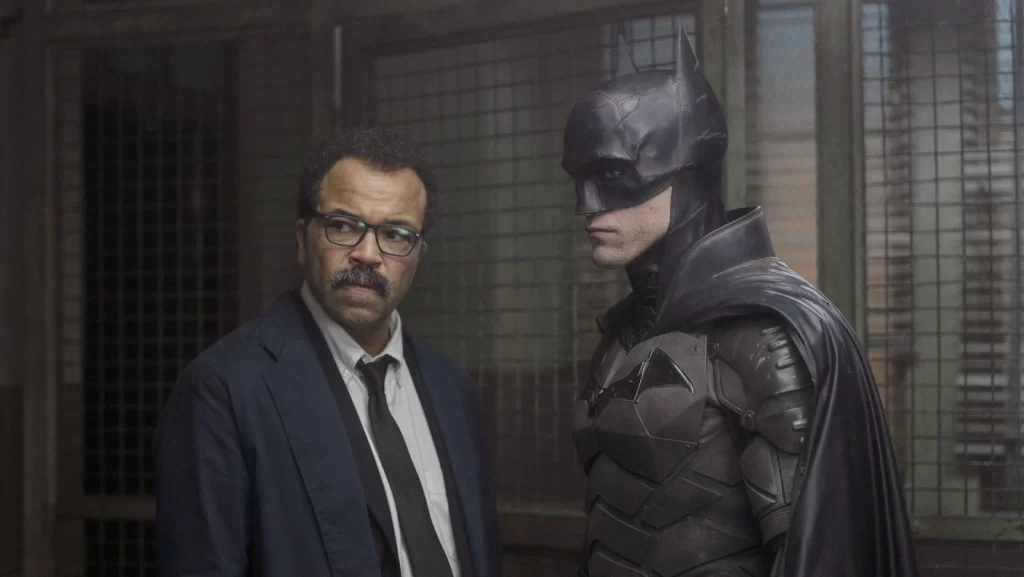Ant-Man and the Wasp: Quantumania: A Bug’s Strife
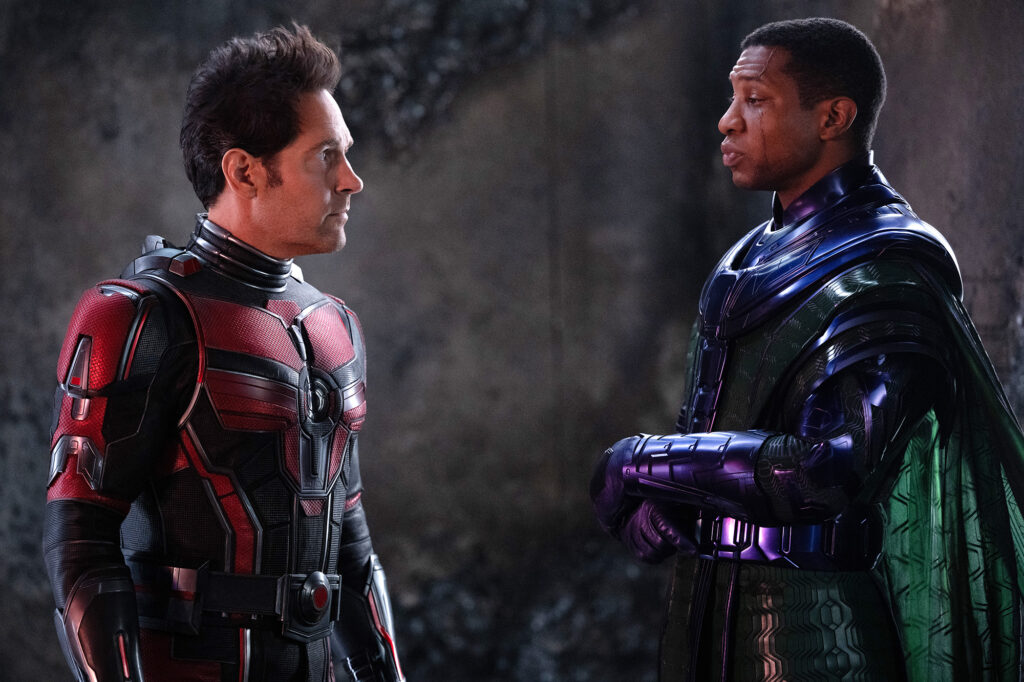
The implicit assumption underlying the Marvel Cinematic Universe—the notion meant to infuse it with relatability and heft as well as imagination and excitement—is that its movies (and TV shows) take place in our own world. A fantastical version of our world, sure, but ours nonetheless; for every talking raccoon, purple titan, and junkyard planet, there’s a Los Angeles mansion, a Queens tenement, and an Oakland basketball court. The idea is that, while the narratives feature costumed superheroes and magic weapons, the characters’ behaviors and desires remain rooted in recognizable human experience. Sokovia may not be a real county, but the Washington Monument is at least a real building.
What’s potentially interesting about Ant-Man and the Wasp: Quantumania—the third movie centering on Paul Rudd and Evangeline Lilly as the titular insects (he’s the ant, she’s the wasp), and the gazillionth 31st big-screen installment in the MCU’s history (not to mention the first of Phase Five, whatever that means)—is that the vast majority of its action doesn’t take place on Earth at all. It doesn’t take place in outer space either, or on any other faraway planet. It instead mostly transpires in the Quantum Realm, a microscopic land full of alien life forms, misshapen creatures, and animate vegetables. And so, unbound by the usual obligation to chain his fanciful hijinks to the deadweight of realism, the director Peyton Reed (working with the screenwriter Jeff Loveness) appears to have stumbled into the rarest of opportunities: the chance to a make a mass-market superhero movie that’s genuinely weird. Read More

